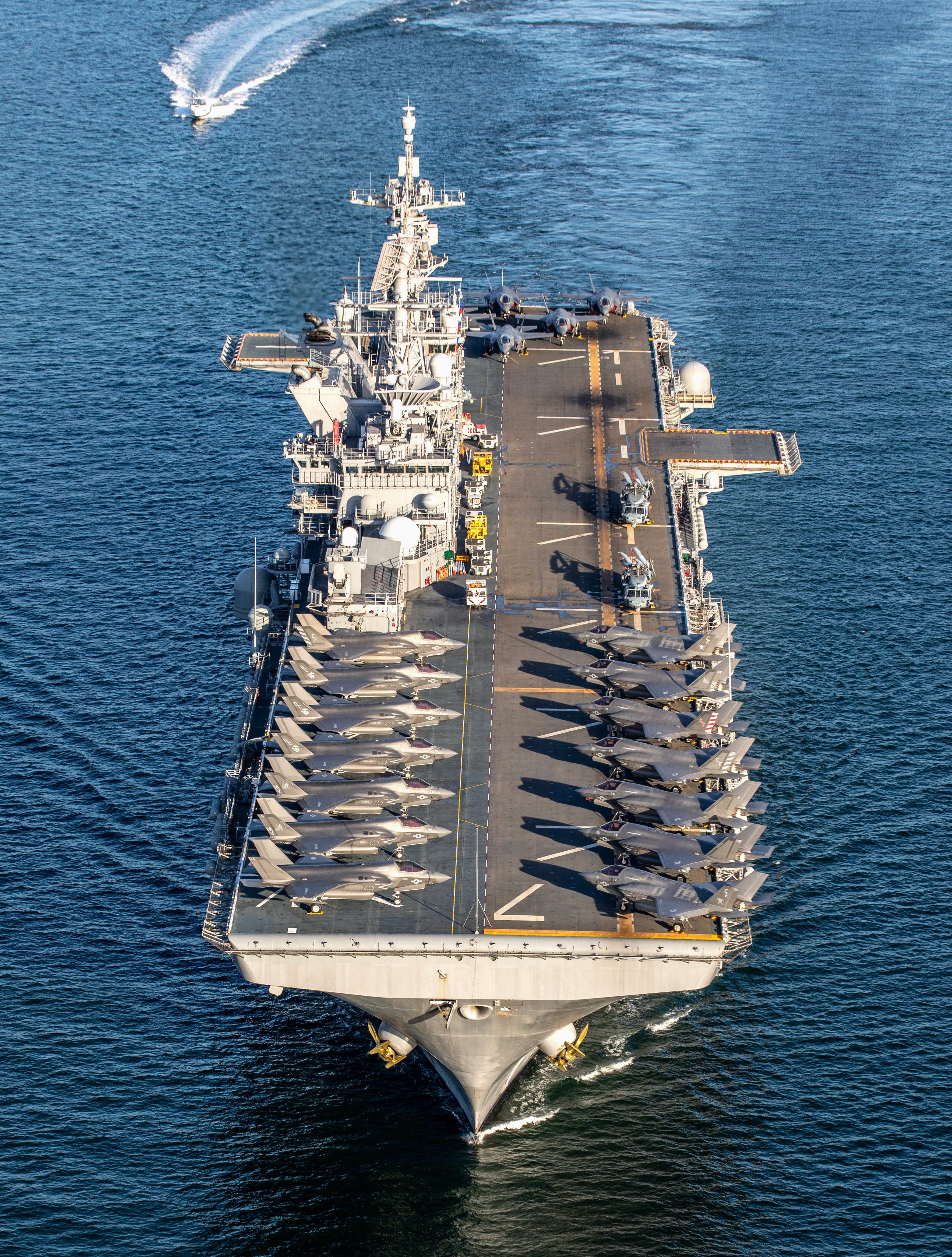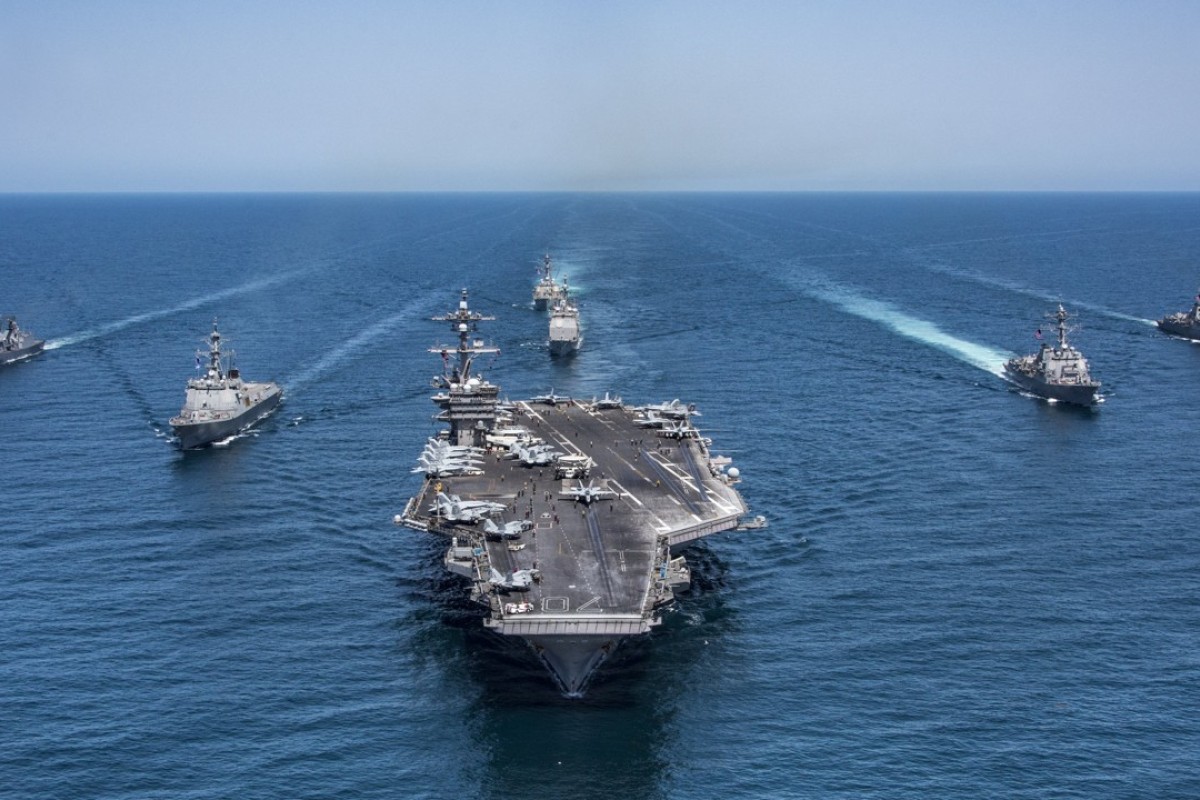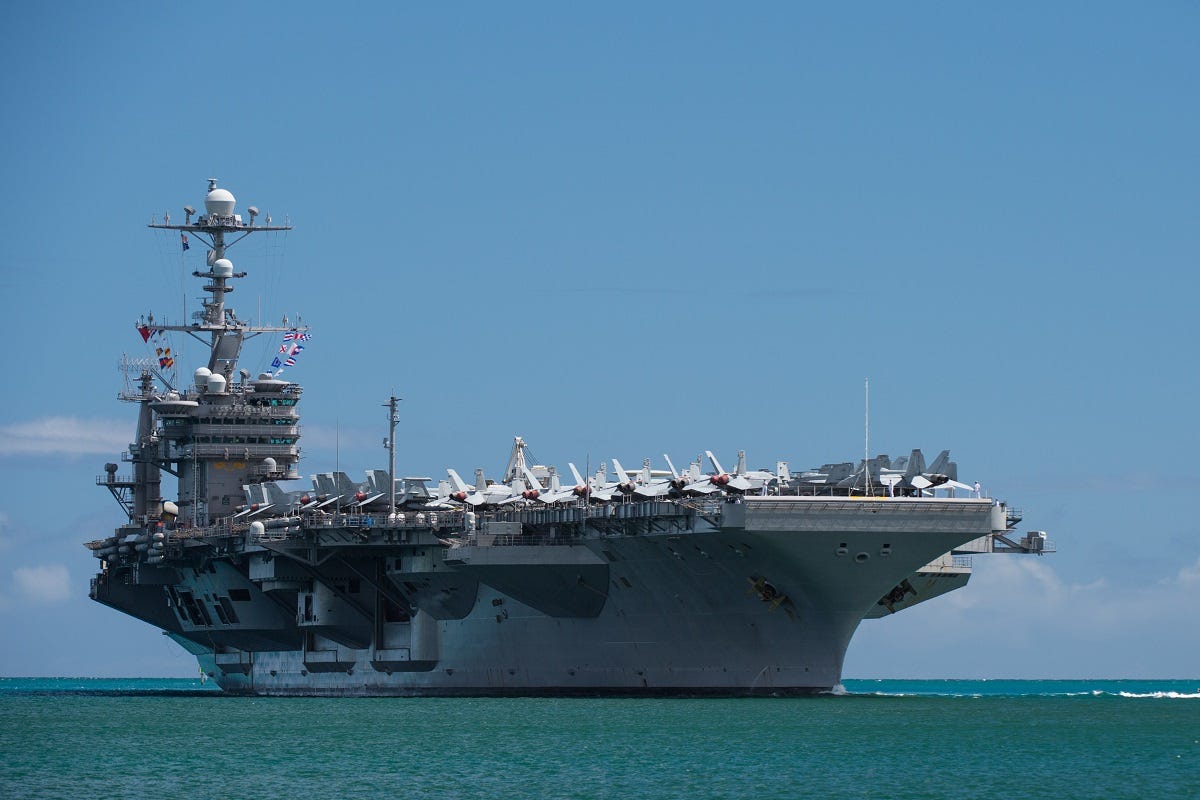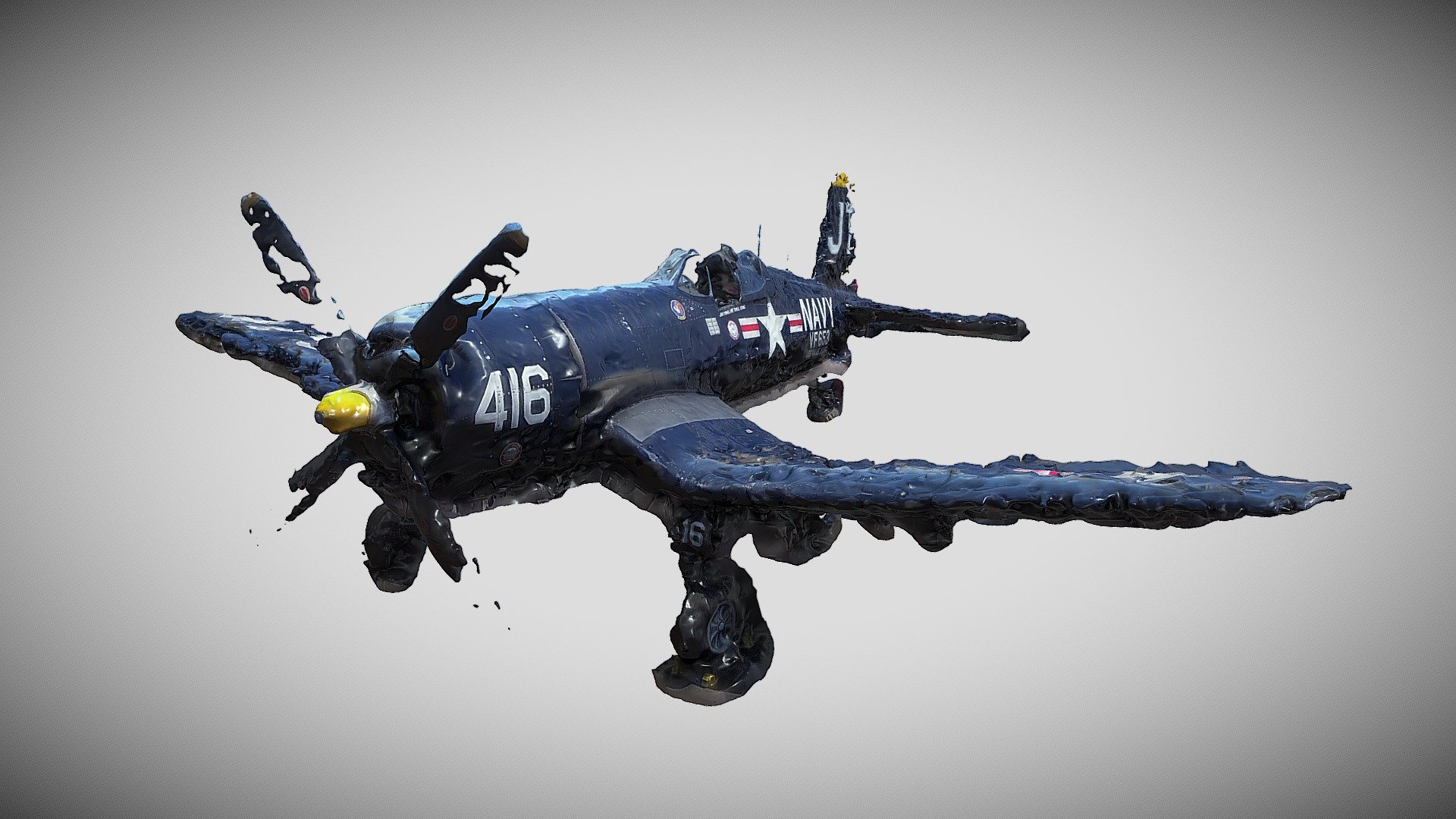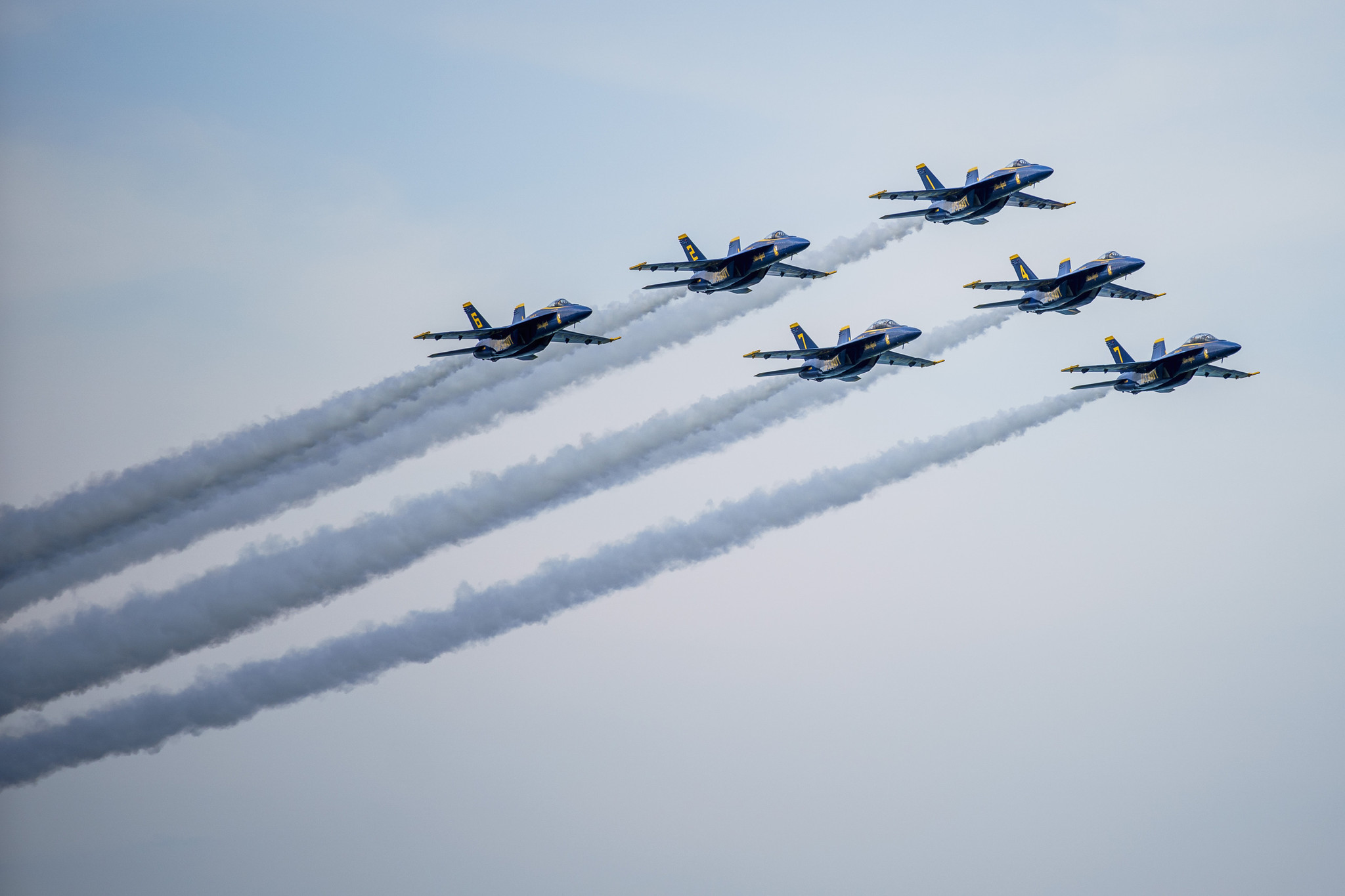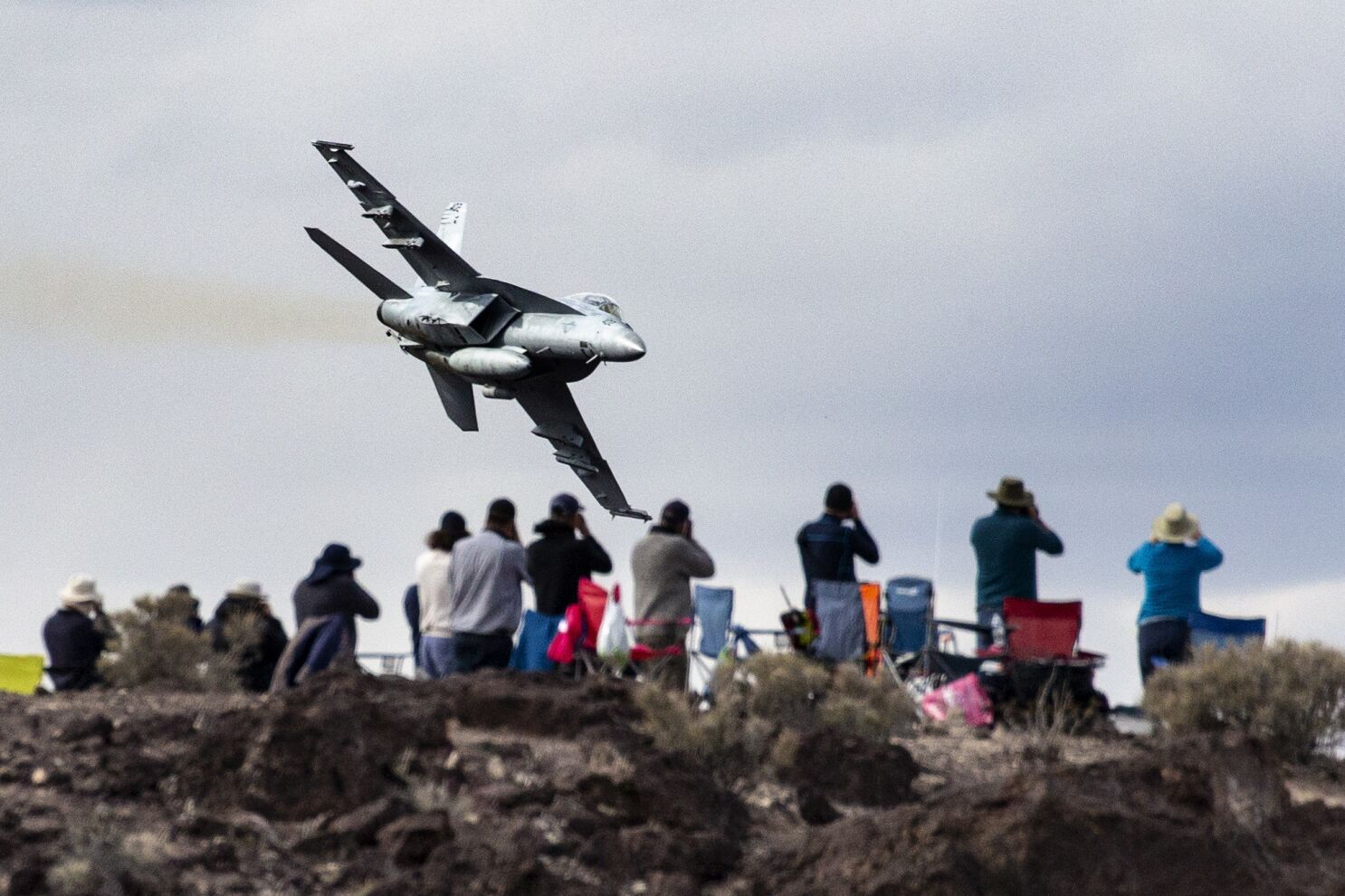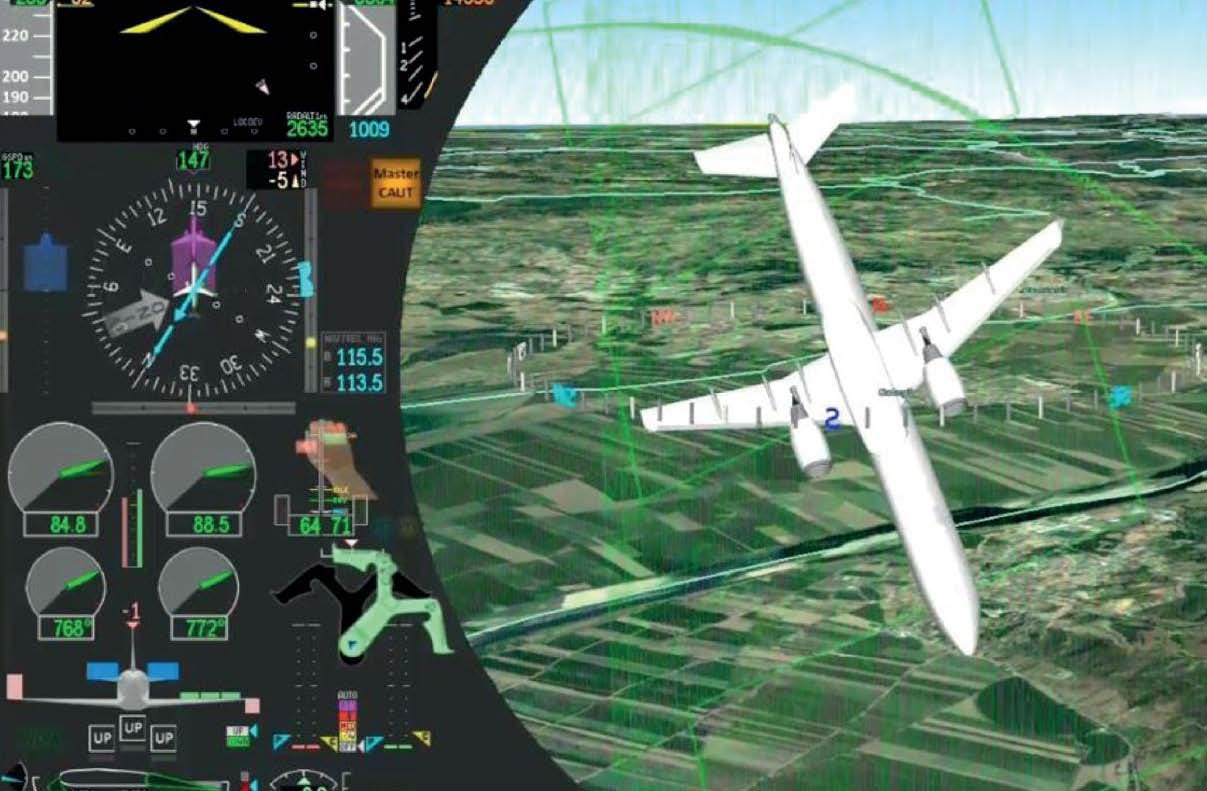Aircraft In The Vietnam War - The Marines took a few M-48s ashore when they landed at Da Nang in March 1965, and throughout the course of the war, hundreds of Patton tanks would be deployed across South Vietnam. Although there were few tank-to-tank battles, the Pattons served well as infantry support vehicles.
With a top speed of around 30 MPH, and a standard 90 mm gun (with some variant using a flamethrower), the Pattons proved capable in Army and Marine Corps service. Despite the often uncooperative and non-ideal terrain, the U.S.
Aircraft In The Vietnam War
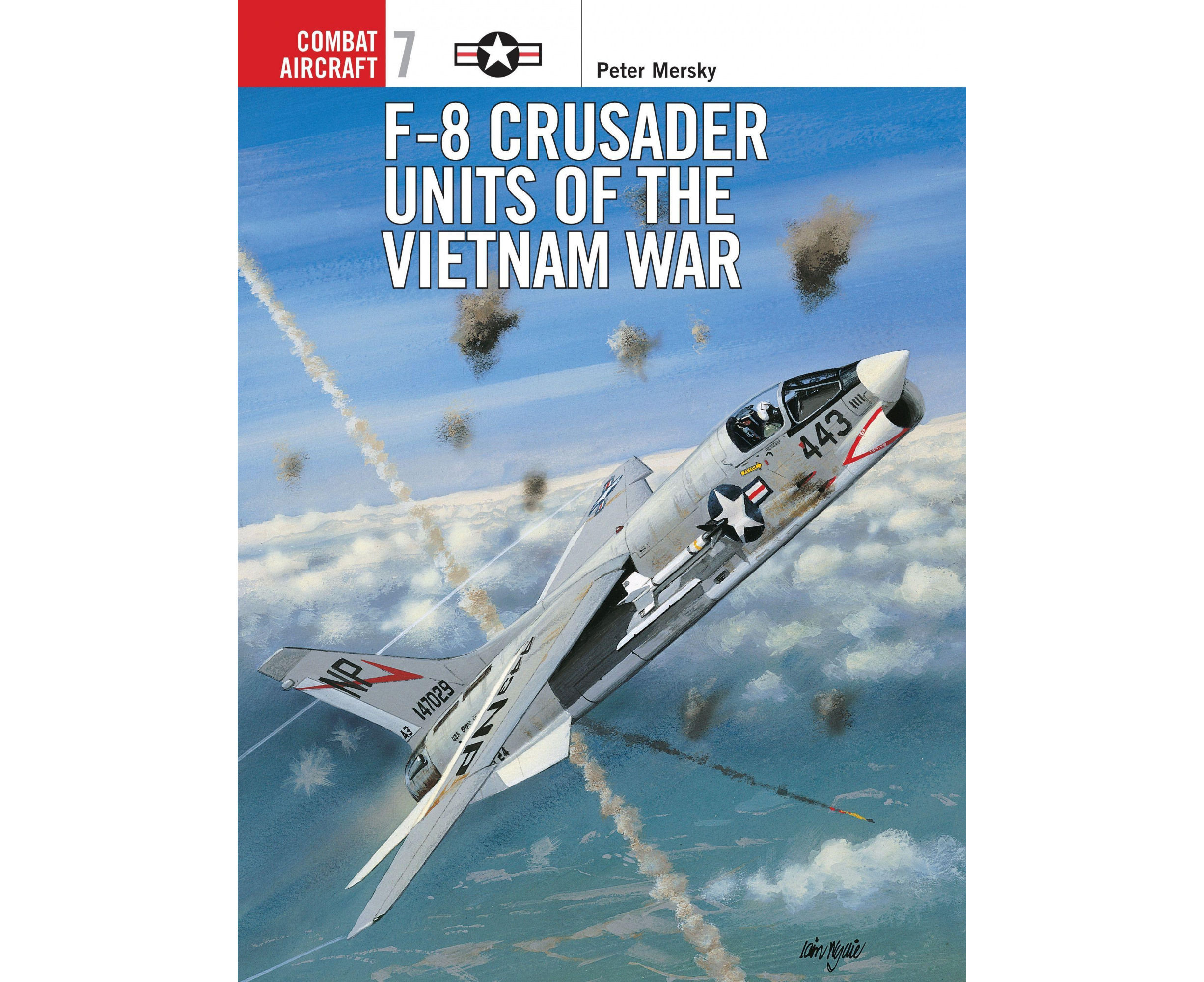
military deployed a significant number of tanks, armored personnel carriers (APCs), and other heavy vehicles during the war. APCs provided soldiers with protection, mobility, and increased firepower. Tanks were used in both urban and rural operations, and provided heavy support to many troops.
Perhaps the two most common and most effective armored vehicles to serve in the American military during the war were the M-48 Patton tank and the M-113 Armored Personnel Carrier. The North Vietnamese also made use of Soviet manufactured armor, but their usage of tanks was heavily limited by overwhelming American airpower until the U.S.
withdrew in 1973. The concept behind the SR-71 was simple, yet exceptionally brave and ambitious: build a long-range strategic reconnaissance aircraft capable of speeds in excess of Mach 3.0, with a reduced radar cross-section to help it evade detection by the enemy.
Designed by Clarence "Kelly" Johnson of Lockheed's Skunk Works Division, the SR-71 if anything exceeded expectations. The Vietnam War is typically remembered as a ground conflict with an aerial component—rarely is much thought given to the naval operations around the war.
But they happened, they were important, and the Lockheed P-3 Orion played a significant role in them. The U.S. Navy operated a number of small craft on the rivers and waterways of the Mekong Delta. The most common and most memorialized today were the Patrol Boat, River, or PBRs.
These small boats served in Vietnam from around 1966 until the end of 1971 when U.S. forces were nearing the end of their mission. Patrolling the vast delta, PBR crews were involved in security and patrol operations in addition to broader coordination with land units including the insertion and extraction of special forces.
PBRs typically carried twin forward mounted .50 caliber machine guns, along with a 40 mm grenade launcher and additional machine guns in the rear or on the side. While crews usually numbered around four enlisted men, the boats were a key part of the "brown water navy" that patrolled Vietnam.
Powered by twin General Electric J85 turbojet engines, the Dragonfly could hit fast and hard with a combat radius of 460 miles. Relatively maneuverable, it proved perfect for darting in to hit difficult ground targets ahead of advancing infantry and armor.
While armed with a single .308 caliber GAU-2B/A minigun mounted in the nose, its real punch came from the various gun pods, rocket pods, missiles, and bombs it carried on the eight hard points under its wings.

While it slowly faded from prominence after the war ended, the A-37's role should not be forgotten. What made the aging warbird so successful was in its ability to carry an immense amount of weapons, coupled with its ability to stay over the battlefield for extended periods of time.
The Skyraider provided close-air support to ground forces, attacked enemy supply lines and even protected helicopters during rescue missions by patrolling the skies while being able to quickly strike at enemy units on the ground. M-113s often worked alongside M-48s, and both were often found traveling in convoys down the roads of South Vietnam.
The M-113 proved itself as a reliable workhorse, as upgraded variants of the vehicle remain in active service with the U.S. military. The M-113s were fielded in a number of different variants, including service as anti-aircraft, flamethrower, mortar, medical vehicles.
However, the APC's primary role was to move troops under protection from small-arms fire, with the capacity to carry eleven passengers inside. A two-bladed single-engine attack helicopter, the AH-1 Cobra ushered in a new world of warfare, in which helicopter gunships would provide close support as weapons platforms to obliterate enemy positions and vehicles.
This concept proved powerful—the US military still makes extensive use of attack helicopters, and variants of the AH-1 remain in service with the United States Marine Corps. Cessna is not a name normally associated with military aircraft, but the A-37 Dragonfly filled a role that became increasingly critical over the course of the Vietnam War.
The terrain of Vietnam—hills and jungle—meant that close air support was vital to American and ARVN success. Thus military minds on both sides began to explore ways to make that support faster and more accurate. One of the end results was the creation of light ground attack aircraft like the A-37 Dragonfly.
In conjunction with the engineers at Sikorsky, the CH-53 was designed to meet that need. Powered by twin General Electric T64-GE-413 turboshaft engines, the CH-53 has a top speed of 196 miles per hour and a combat radius of over a hundred miles, depending on the payload and configuration.
Twin door-mounted .50 caliber machine guns provided the armament in order to clear the field for the payload of up to 55 troops. Used most often in Vietnam to recover downed aircraft or evacuate troops from the battlefield, this war bird is an icon of the USMC's part in that war.
The Mikoyan-Gurevich MiG-21 was a supersonic fighter designed and produced in the Soviet Union that entered service at the beginning of the 1960s. The MiG-21 was the most modern fighter used by the North Vietnamese during the war, and its agility made it a threat to heavier American fighter-bombers.
The Vietnam People's Air Force (the air force of North Vietnam) never developed into a serious threat during the war, and was constantly outgunned and outnumbered by the combined American air forces. Nevertheless, the North Vietnamese did make successful attacks on American warplanes throughout the war, using planes like the MiG-17, MiG-19, and MiG-21, and their Chinese variants.

Operating with a crew of three, the CH-47 Chinook can carry up to 55 troops or a total takeoff weight of 50,000 lbs. This is due to its tandem rotor design, as well as its engines.
Two Lycoming T55-GA0714A turboshafts provide nearly 5,000 horsepower each. With a maximum speed of up to 196 miles per hour and a combat radius of 230 miles, the CH-47's transport capabilities were unmatched at the time.
Armed with up to three 7.62 mm machine guns, it could also pack quite a punch if it came under fire. Operational from 1966 through the end of the Vietnam war, the CH-47 Chinook is a highly notable aircraft from the era.
The Republic F-105 Thunderchief made its debut just before full US involvement in the war in Vietnam in 1958. Designed to supplant the aging F-86 Saber fighters then still in service with US and Australian forces, the F-105 was a big step
forward for its day. Introduced at the end of the 1950s, the M60 was a belt-fed light machine gun that fired a 7.62 mm round. The M60's operation was usually a team effort: while one solider carried the weapon, and one solider could operate as an assistant gunner, most other men in a rifle squad could carry ammunition for the M60.
The gun was not without problems, though – the tropical climate of Vietnam took a toll on the weapon, and its bulky design proved troublesome for many soldiers. However, the M60 ultimately proved effective, and was used in infantry units and as a mounted gun on helicopters, patrol boats, and vehicles throughout Vietnam.
The wars in Afghanistan and Iraq have made IEDs part of our common terminology, but improvised explosive devices were just as common in Vietnam. While the Vietnamese did make use of punji spikes and other primitive (yet effective) traps, rigged explosives were incredibly common and were frequent killers of American troops.
Grenades, mines, artillery rounds – all could be adapted for use as a trap through simple tripwires or pressure plates. Frequently, unexploded American ordinance was used to build these traps. Booby traps were a serious danger for many U.S.
soldiers, and wounded or killed thousands. North Vietnam started the war with a number of disadvantages including the lack of sufficient air power to take the fight into enemy airspace. To meet that need, they turned to other Communist nations, chiefly the Soviet Union, for aid.
Part of that aid was the Mikoyen-Gurevich MiG-17, which may have helped them hold on until better aircraft became available. The museum displays six examples of the Skyhawk. An A-4E (Bureau Number 149656) suspended in the Quarterdeck honors Attack Squadrons (VA) 163 and 164. Four examples of the A-4 (Bureau Numbers 150076, 154217, 154983, and 155033) form the diamond formation suspended in the Blue

Angel Atrium. Displayed on the flight line behind the museum, A-4A (Bureau Number 137813) is the first non-prototype Skyhawk delivered to the Navy. Although one gun rarely makes the difference in a battle, for the individual soldier it can often be a matter of life or death.
The Vietnam War saw the deployment of two of the most famous and most produced rifles of all time: the AK-47 and the M16. These assault rifles have continued to play a major part in modern warfare today, decades after their introduction.
Additionally, the M60 machine gun proved an incredibly useful weapon for many American troops during the war and offered soldiers heavier firepower than their standard rifles could provide In 1947, Soviet weapon designer Mikhail Kalashnikov produced a new variant of an automatic assault rifle.
The Automatic Kalashnikov, model year 1947, was readily adopted by the Soviet military and was quickly used by most members of the Warsaw Pact. The AK-47 fires a 7.62 mm cartridge, and has become one of the most widely proliferated weapons in the world, thanks to its reliability under harsh conditions, cheap manufacturing cost, and the ease with which soldiers can be trained on its use.
During the Vietnam War, both the Viet Cong and the People's Army of Vietnam (the North Vietnamese Army) made heavy use of the weapon, thanks to support from the Soviet Union and from the People's Republic of China.
In Vietnam, the P-3 Orion saw extensive action during Operation Market Time, the effort to cut off resupply by sea to the Viet Cong and other enemy forces. While the P-3 Orion spent most of its time flying missions from bases in the Philippines and Vietnam over the coastal waters of the latter nation, it did occasionally participate in "feet-dry" missions over land.
With only one combat loss during this delicate operation, the P-3 Orion is one of the under-sung heroes of the Vietnam war. Nearly 3,000 A-4s were produced between 1956 to 1979, their service including assignment to front line squadrons, duty as aggressor aircraft and the role of advanced trainers, the latter aircraft designated TA-4s and including two-seat cockpits.
During the years 1974-1986, the A-4 also equipped the Blue Angels Navy Flight Demonstration Squadron. All told, over 20 versions of the Skyhawk were delivered to the U.S. military and air forces of foreign nations, including Israel and Argentina, which took the aircraft into combat during the Arab/Israeli Wars and the Falkland Islands War respectively.
The designers built the F-105 around a well-established powerplant: the Pratt & Whitney J75 afterburning turbojet engine. Capable of delivering 24,500 lbf of thrust with the afterburner engaged, the F-105's top speed of Mach 2.08 is still competitive among current fighter aircraft.
The armament was no slouch, either. A 20mm M61A1 Vulcan cannon in the nose supplemented the array of bombs and missiles that could be affixed to any of the 5 hardpoints underneath the aircraft, including the internal bomb bay.

So whether equipped with missiles like the AIM-9 Sidewider or bombs for close ground support, the F-105 was a big step forward in what military aircraft could be. The communist forces in Vietnam weren't the only ones to recognize the advantages of a propeller driven bush plane.
US military and intelligence forces used them as well for accessing the more remote and inhospitable terrain of Southeast Asia. To fill that role, they turned to an old friend, the de Havilland Canada Beaver. First introduced in 1948, the Beaver is powered by a single Pratt & Whitney R-985 Wasp Jr.
radial engine, which allows it a top speed of 158 miles per hour and a range of over 450 miles. The plane of many names, the Lockheed AC-130 is a kind of military aircraft rarely spotted in the skies anymore: an armored long-range ground-attack gunship.
A variant of the C-130 Hercules transport aircraft, also designed by Lockheed, the AC-130 was a fearsome sight over any battlefield. Particularly if you were an enemy combatant. A big, ugly, flying fortress, the Boeing B-52 Stratofortress was designed and introduced in the early 1950s.
Powered by eight turbojet engines, during the war B-52s were capable of massive aerial bombardment, frequently carrying payloads in the tens of thousands of pounds. Operating out of Guam and Thailand, B-52 strikes were carried out as part of Operations Rolling Thunder, Arc Light, and Linebacker I/II.
Airstrikes by B-52 bombers during Vietnam remain some of the most ferocious aerial bombardments in the history of warfare. The plane itself remains active in the U.S. Air Force today, one of the longest serving aircraft in the U.S.
military. A heavy-lift cargo helicopter, the Sikorsky CH-53 Sea Stallion is another iconic military helicopter. In service with US forces from 1966 to the present, there are upgraded and updated variations still in production. The CH-53 Sea Stallion is a product of the Vietnam War, during which the United States Marine Corp saw a need for a heavy-duty transport and cargo helicopter.
Slated for retirement, this Vietnam War aircraft got a new lease on life when its unique capabilities proved perfect for the recent conflicts in Iraq and Afghanistan. It seems that these mighty war birds may keep flying for some time yet.
Vietnam's long coastline and navigable waterways gave the U.S. Navy plenty of opportunities to contribute to the war effort. The U.S. Navy operated a number of aircraft carriers offshore to provide air support for troops in South Vietnam and to attack targets in the North.
The heavy guns of cruisers and destroyers could provide sustained artillery fire near the shore, and in the Mekong Delta, Navy patrol craft provided security and engaged with Viet Cong forces. The U.S. Navy also provided helicopter support, medical assistance, logistical administration, and a number of other services during the war, but the role of carriers and patrol boats are worth exploring in greater detail.

The air war over Vietnam did lead to a few dogfights but these were relatively few and far between: the skies were dominated by American warplanes, which gave the U.S. a great advantage over the North Vietnamese.
From fighters to heavy bombers, the United States wielded an array of aircraft that rained devastation, but also conducted reconnaissance, transport, medical evacuation, and supply operations. Although many warplanes served in Vietnam, the F-4 Phantom and B-52 Stratofortress remain two of the most prominent.
While the North Vietnamese primarily built air defenses, planes like the MiG-21 occasionally struck at American airmen. During the war, a wide variety of equipment was used, far too much to cover here. Instead, you will find a few of the more important weapons used during the war and a small description of each.
Additionally, the guerilla nature of the Viet Cong troops and the non-uniformity of many North Vietnamese forces makes it difficult to speak of their equipment in comparison to the United States. However, it is important to note that the North Vietnamese and Viet Cong did use advanced weapon systems during the war, even if these weapons were used in a limited way and alongside more traditional weapons.
While China's involvement in the Vietnam War is a complex mess of politics and culture, complicated further by the relationship between Hoa Chi-Minh and Mao Tse-Tung, some Chinese military aid did make it to North Vietnam to play a role in that conflict.
The Shenyang J-6 was part of that. Based on the MiG-19, which the Chinese admired for its agility and turn ability, the Shenyang J-6 went into production in 1958. Described as a “flying anachronism,” the single-seat Douglas A-1 Skyraider–affectionately known as the Spads, after the French wood-and-wire World War I fighter–proved that a piston-powered, propeller-driven attack aircraft still
had a place in the jet age. The aircraft, which entered service in the late 1940s, provided close-air support for American and South Vietnamese troops during the Vietnam War. Nicknamed the "Balalaika" by its pilots for its odd resemblance to the musical instrument, the MiG-21 straddles the line between second and third generation jet fighters.
So while specs and armament vary, in general the MiG-21s of the Vietnam War were powered by a single Tumansky R25-300 afterburner-capable engine. These delivered a top speed of Mach 2.0 and a service range of 751 miles.
Armed with a 23mm GSH-23 cannon, the MiG-21 could carry either missiles or rocket pods, depending on the configuration and the desired payload range. These aircraft performed so well that the Vietnam People's Air Force did not fully retire them until 2015—a testament to the design and its operators.
The Vought F-8 Crusader was designed to fill an interesting role—a supersonic carrier-based air superiority jet aircraft armed with guns or cannons. It was the final American fighter jet to use these as its primary armament, earning it the nickname "The Last of the Gunfighters".
Although hardpoints were later added for mounting missiles, the name is well earned.
vietnam war aircraft models, american aircraft in vietnam war, aircraft used in vietnam war, prop plane used in vietnam war, vietnam era military aircraft, vietnam era planes, vietnam war aircraft carriers, how many helicopters were lost in vietnam

